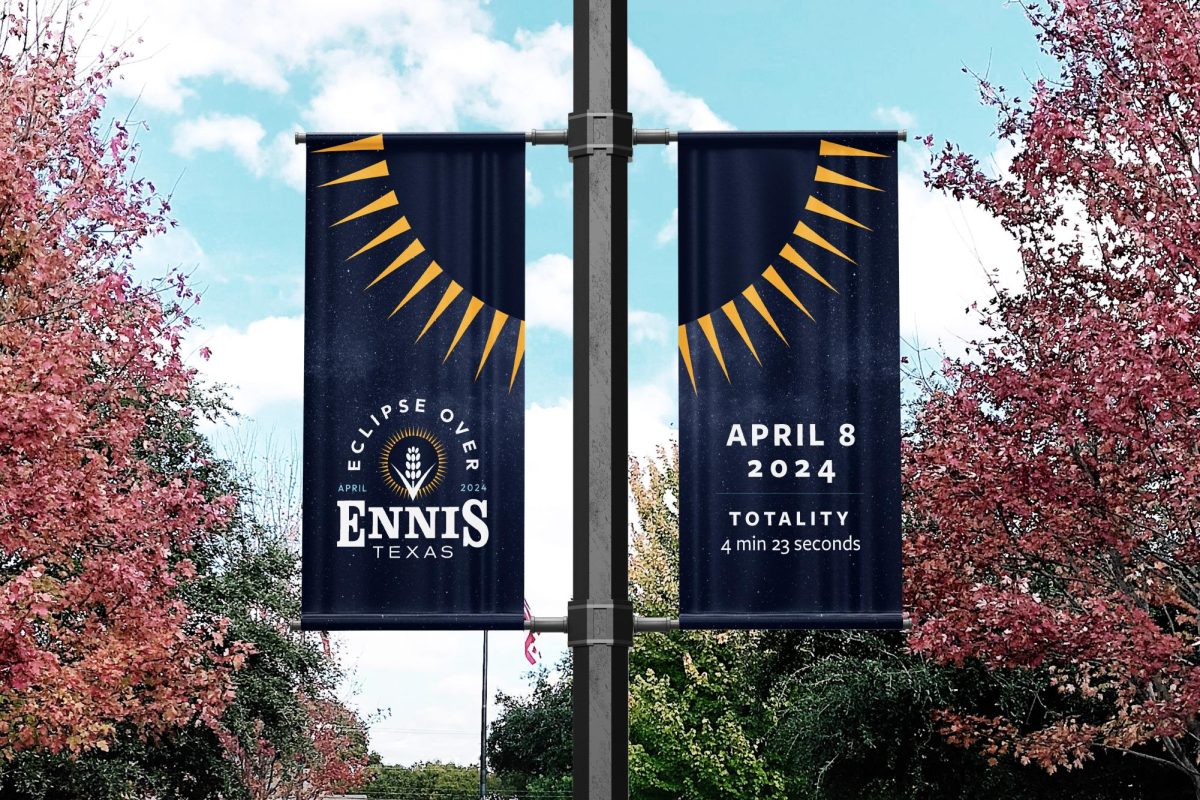
First-generation TCU student Eric Garza didn’t figure out what “SAT” stood for until his late sophomore and early junior years of high school.
“But I quickly learned that the SAT was the most critical determinant of where I would be able to go to college,” he wrote in an emailed response to an interview.
Seventy-eight percent of colleges in the U.S. require the SAT or ACT, according to the National Association for College Admission Counseling.
But an ongoing debate about the validity of test scores and economic barriers for first-generation or low-income students has many colleges dropping those requirements.
Since Bowdoin College, a private university, sparked the movement in 1969, more than 980 universities across the U.S. have dropped standardized-testing requirements or de-emphasized the tests in their admission process.
High school students who graduate in May 2018 already have 14 more test-optional colleges to choose from than the class of 2017 did before them, according to the National Center for Fair and Open Testing.
TCU is not considering dropping its SAT or ACT testing requirements.
“You’ll hear certain people ask about it, but before we would ever do that–I’m not opposed to that idea necessarily–we would have to go through many layers of scrutiny, not the least of whom is Chancellor Boschini,” TCU Dean of Admission Heath Einstein said.
Einstein said his office judges test scores less heavily than a student’s high school GPA.
If high school performance is relatively equal, he said slightly higher test scores reveal students’ economic opportunity more than they reveal their academic ability.
“The single most important factor in predicting student success in the SAT or ACT is family income,” Einstein said, pointing to College Board data from previous years that shows a straight-line correlation between higher family income and higher SAT test scores.
The College Board said it did not release household income data in 2016 after an increasing number of constituents asked to stop including family income in order to protect student information.
Validity Argument
The College Board, which is the governing body of the SAT, wrote in an emailed statement that it looks at how accurately the SAT will predict students’ performance in their first year of college.
The College Board added the SAT shouldn’t be used by itself, nor should high school GPA.
“High school grades aren’t objective measures—they’re subject to variables like school demographics, teacher discretion, and state and district standards,” wrote Jaslee Carayol, associate director of media relations for the College Board. “And they’re increasing, subject to inflation.”
But Einstein disagreed, saying universities that don’t require test scores are not at a disadvantage in how they’re able to judge the strength of a student’s high school.
“I think that’s what the College Board and the ACT would like you to believe,” he said.
Barriers to entry
Bob Schaeffer, the public education director of the National Center for Fair and Open Testing, said universities are going test-optional to remove barriers to entry for low-income students who have high GPAs.
“They may be working after school instead of even getting an SAT prep book from the school library,” he said. “They don’t have time to study it.”
Garza took the SAT three times, researched college requirements and arranged his own college tours.
“My main challenge was just trying to figure out how to start and locating resources,” he wrote. “My parents didn’t go to college so they had no idea, but I certainly had their support. It took a lot of initiative, which I never lacked, but it was daunting.”

Schaeffer said test preparation tutoring centers are helpful for a few but end up widening the economic opportunity gap.
“What well-to-do families do is that they send their kids to real high-end tutors who promise to boost scores significantly,” Schaeffer said. “There are tutors particularly in the big cities on the east and west coast who promise huge gains on the test for package prices in the $10,000 to $15,000 range.”
He remembers when his son was in high school, “The message that you were given was that every other kid was taking test prep and you were putting your child at a disadvantage in an academic community outside Boston if you didn’t buy test prep for your own child.”
The Cost of Testing Preparation
Julie Lovett, associate director of TCU Extended Education, said Extended Education offers an intensive four-day SAT or ACT course for $999.
Lovett said while the cost of her program is high, the Upward Bound program at TCU paid for the service when students couldn’t afford it.
Of a pool of about 25 students, at least 10 would come through Upward Bound, she said.
“Everyone had the same goals, doing well on the SAT or ACT,” Lovett said. “Income wasn’t a part of it.”
The Upward Bound program was paid for via a federal grant and was on campus for 49 years. A TCU Student Support Services spokesperson said the grant was not renewed this year, and no explanation was given.
Lovett said she is aware of economic barriers to entry and is grateful for reforms like SAT fee waivers to help reduce the income gap in scoring.
Top 10 Percent Rule
In Texas, public universities put more weight into class ranking than SAT scores because of HB 588, or the “top 10 percent rule,” which guarantees admission for students in the top 10 percent of their class. (The University of Texas at Austin is an exception, now only admitting the top 6 percent.)
Schaeffer said the top 10 percent rule and other test-optional policies across the U.S. are better indicators of a student’s performance than standardized tests like the SAT.
“[The top 10 percent policy] looks at real merit, which is how well you perform in school, rather than at how well you fill in bubbles on one Saturday morning,” Schaeffer said.
The law, signed in 1997, applies only to state-funded, not private, universities.
But private universities in Texas have also adopted the policy: the most recent was Austin College in fall 2016.
A full list of universities that are either test-optional or follow the top 10 percent rule are shown on the map below.
Measure of “grit”
High school counselors in Fort Worth say a single testing score isn’t designed to measure a student’s “grit.”
Chris Gann, who oversees testing coordination at Paschal High School, was formerly a counselor who saw a handful of students who weren’t naturally good test-takers but performed well in school.
“I think it’s hard to measure factors like grit, perseverance, determination, which obviously go into that equation,” Gann said.
Gann said the SAT does help “give universities a baseline of the potential of a student to perform.”
At Arlington Heights High School, counselor Pat Richardson said some students don’t test well, so standardized tests shouldn’t be the “end-all, be-all.”
She said colleges should not just consider high school GPA but also the difficulty level of the courses students take in high school.
Kristin Larsen, director of counseling at Fort Worth Country Day School, said test scores are not needed to judge a school’s academic rigor.
She said high school rank should also not be the only measure of success because it excludes students from non-ranking high schools, including her own.
Some of her students have taken advantage of the test-optional opportunity more colleges are offering now, she said.
“If you are a student where testing is not your forte, at least there’s an option to show the strength of your curriculum and the coursework experience that you’ve had, the grades you’ve made and the activities you’ve held to really kind of resonate more so than the test,” Larsen said.
Combination of factors

Einstein tells his admission staff to judge the quality of a student’s work by a combination of factors, including grades, curriculum strength of the high school and test scores.
At TCU, the middle 50 percent of students enrolled score between 1160 and 1360 (critical reading and math) on the SAT.
Einstein said those scores provide the first indicator of a student’s academic ability, but the core of what TCU admission looks at is high school work.
“So let’s say I have 1200, and you have 1300,” he said. “Well, we both can do the work. Then the difference in testing really doesn’t come into play that much. It shouldn’t.”
While there’s no formula for how TCU admission weighs different elements, high school performance is still key to predicting college performance in the first year, he said.
“We could think you’re the greatest person in the world, you might have put together a fantastic ZeeMee profile (ZeeMee is an online portfolio that overviews a high school graduate’s activities and accomplishments), you might have a really artistic freedom of expression, you might have wowed us in your interview,” he said. “But if you’ve got D’s and F’s, you’re not going to get into TCU.”
Addressing barriers to entry in test preparation
The College Board partnered with Khan Academy to offer free online test preparation, which coincided with its new SAT format administered in March 2016.
Larsen praised the Khan Academy partnership as a step toward greater equality.
“I think any time you have resources to prepare, then preparation is going to yield good results, but not everyone has access,” she said, adding, “Thank you, Khan Academy.”
Richardson of Arlington Heights High School noted that many students may not have access to personal computers. Arlington Heights also offers free test preparation at the school.
At Fort Worth Country Day School, students can access a free online testing preparation course.
During lunch hours at Paschal High School, teachers give study sessions and tutorials. The school provides free transportation for students who don’t have test preparation materials at home.

Outside of school, Paschal runs an SAT boot camp across four weeks in the summer that is open to students around the Fort Worth community, including homeschooled students.
Gann said the camp does cost money, “but it is accessible for students that have financial need.”
Beyond the monetary barrier, students who may have to work during the school year need a convenient time to prepare for the test, which Gann said he has tried to help with personally.
“I know I’ve stayed after or come really early in the morning to meet some of these students to personally tutor them with SAT or ACT as well,” Gann said.
At Fort Worth Country Day School, Larsen said she recognizes more work needs to be done to bridge the gap between low income and high scores.
“I think standardized testing because it costs money, it can be a barrier, but for those who qualify for fee waivers, that’s tremendous that those students can be able to use them,” she said. “I have kids that have fee waivers. So, it’s not a private/public school kind of mentality.”
Despite the barriers to entry and the increase in test-optional colleges, Larsen said she doesn’t see standardized tests going away anytime soon.
“To me, it’s about are we being fair in the playing field of higher education and how can we, all sides of this profession, help these kids to feel like they have access to college,” she said.





